Home>Technology>Smart Home Devices>What Kind Of Printer To Use For Heat Transfer Paper
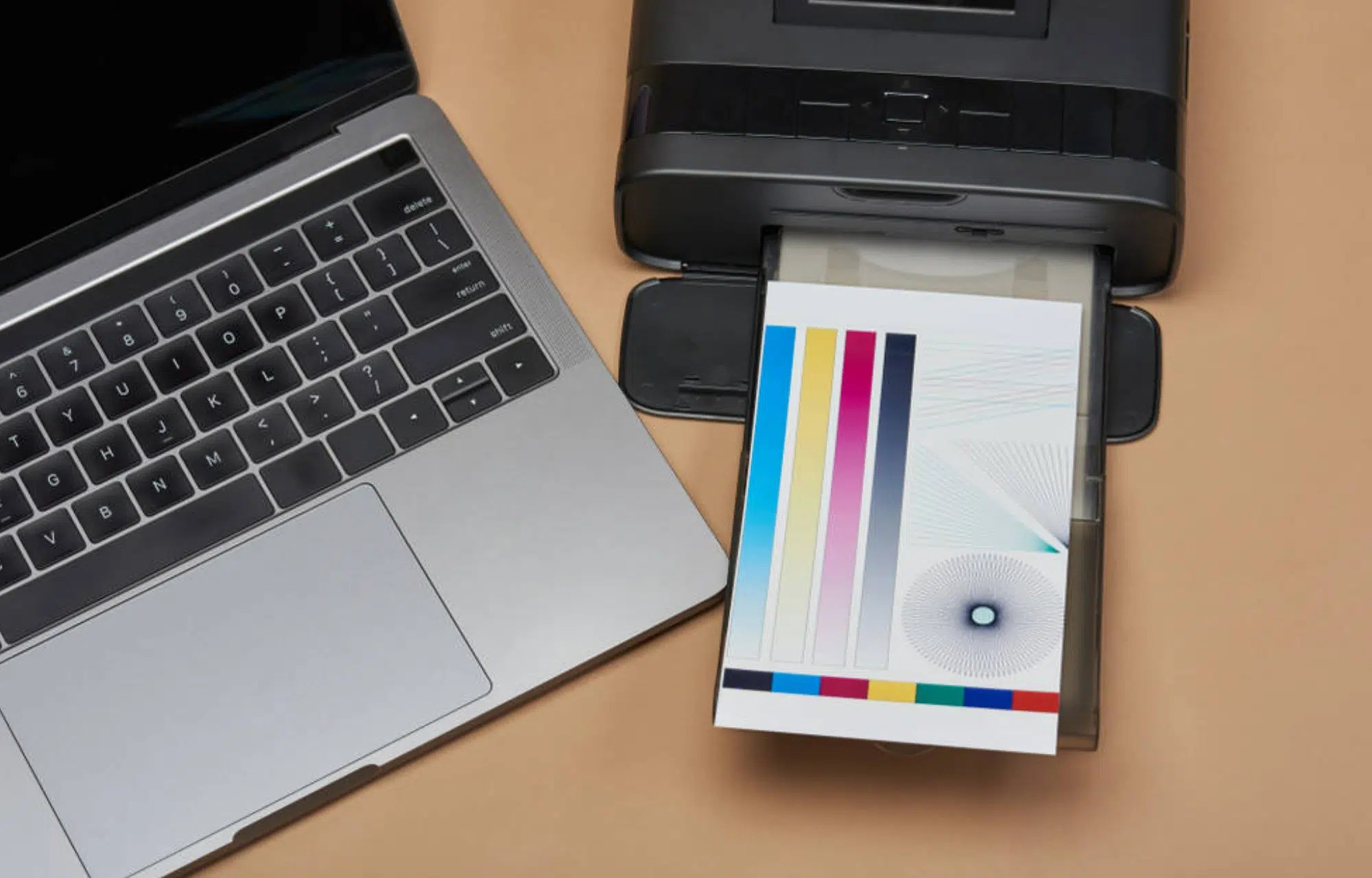

Smart Home Devices
What Kind Of Printer To Use For Heat Transfer Paper
Modified: March 14, 2024
Discover the best printers for heat transfer paper and create stunning designs for your smart home devices. Find the perfect printer for your DIY projects today!
(Many of the links in this article redirect to a specific reviewed product. Your purchase of these products through affiliate links helps to generate commission for Storables.com, at no extra cost. Learn more)
Introduction
Welcome to the world of heat transfer paper printing! Whether you're a professional designer, a hobbyist, or a small business owner, the ability to create custom designs and transfer them onto various surfaces opens up a world of creative possibilities. Heat transfer paper allows you to print your designs onto fabrics, such as t-shirts, tote bags, and other textiles, making it a popular choice for creating personalized apparel and accessories.
In this article, we'll explore the different types of printers that are suitable for use with heat transfer paper. Choosing the right printer is crucial for achieving high-quality, durable prints that can withstand washing and everyday wear. We'll delve into the key factors to consider when selecting a printer for heat transfer paper, including the type of printer, ink compatibility, and additional features that can enhance the printing process.
Whether you're new to heat transfer paper printing or looking to upgrade your current setup, understanding the options available to you will empower you to make an informed decision. With the right printer and heat transfer paper, you can bring your creative visions to life and produce professional-quality, custom-printed items that are sure to impress.
Now, let's dive into the world of heat transfer paper printing and discover the best printers for bringing your designs to life on fabric!
Key Takeaways:
- Choose the Right Printer for Vibrant Designs
Select an inkjet printer for detailed, colorful designs, a laser printer for fast, consistent prints, or a sublimation printer for long-lasting, photo-quality results on polyester fabrics. Consider ink compatibility and specialized settings for optimal outcomes. - Consider Printer Type and Compatibility
When choosing a printer for heat transfer paper, consider the printer type, ink compatibility, specialized settings, print quality, and compatibility with heat transfer paper. These factors ensure vibrant, durable prints that meet specific printing needs.
Read more: What Printer To Use For Heat Transfer Paper
Understanding Heat Transfer Paper
Before delving into the types of printers suitable for heat transfer paper, it’s essential to understand the fundamentals of this specialized printing medium. Heat transfer paper is a specially coated paper that allows you to transfer images, designs, and text onto various surfaces through the application of heat and pressure. This versatile material is commonly used for creating custom designs on fabrics, including cotton, polyester, and blended textiles.
Heat transfer paper is available in different varieties to accommodate diverse printing needs. For instance, there are light-colored transfer papers designed for use on white or light-colored fabrics, as well as dark-colored transfer papers formulated for printing on black or dark-colored textiles. Additionally, heat transfer paper comes in different sizes, allowing for the printing of small logos or intricate designs, as well as larger images for full-shirt prints and other sizable applications.
The process of using heat transfer paper involves printing the desired design onto the coated side of the paper using a compatible printer. Once the design is printed, it is then transferred onto the fabric using a heat press or a similar heat application method. The heat and pressure cause the ink from the paper to sublimate and bond with the fibers of the fabric, resulting in a vibrant, durable, and wash-resistant print.
When selecting a printer for heat transfer paper, it’s crucial to consider the type of heat transfer paper you intend to use, as different papers may require specific printer and ink compatibility. Understanding the characteristics and requirements of heat transfer paper will enable you to make informed decisions when choosing the right printer for your printing projects.
Now that we have a foundational understanding of heat transfer paper, let’s explore the types of printers that are well-suited for bringing your designs to life on this unique medium.
Types of Printers for Heat Transfer Paper
When it comes to printing on heat transfer paper, not all printers are created equal. The type of printer you choose plays a significant role in the quality, durability, and vibrancy of the printed designs. There are three primary types of printers commonly used for heat transfer paper: inkjet printers, laser printers, and sublimation printers. Each type offers distinct advantages and considerations, making it essential to select the most suitable option for your specific printing needs.
Inkjet Printers
Inkjet printers are a popular choice for heat transfer paper printing, particularly for those seeking to produce vibrant, high-resolution designs on various fabric types. These printers utilize liquid ink, which is applied to the heat transfer paper in droplets to create detailed and colorful prints. Inkjet printers are known for their versatility, allowing for the printing of intricate designs, photographs, and graphics with exceptional clarity and precision.
When using inkjet printers for heat transfer paper, it’s important to select the appropriate ink specifically formulated for fabric and heat transfer applications. Pigment-based inks are commonly recommended for their wash-fastness and resistance to fading, ensuring that the printed designs maintain their quality and vibrancy over time. Additionally, some inkjet printers feature specialized settings for fabric printing, enabling users to optimize the printing process for heat transfer paper.
Laser Printers
Laser printers are another viable option for heat transfer paper printing, offering distinct advantages in terms of speed, efficiency, and durability. Unlike inkjet printers, which use liquid ink, laser printers employ toner cartridges that utilize heat to fuse the toner particles onto the heat transfer paper. This results in fast printing speeds and the ability to produce consistent, smudge-resistant prints suitable for a variety of fabric types.
When selecting a laser printer for heat transfer paper, it’s crucial to choose a model that is designed to accommodate the unique requirements of heat transfer printing. Some laser printers are equipped with settings and features tailored for heat transfer applications, ensuring optimal results and compatibility with heat transfer paper. Additionally, it’s essential to use heat transfer paper specifically formulated for laser printers to achieve the best outcomes.
Sublimation Printers
Sublimation printers are specifically engineered for sublimation printing, a process that involves using heat to transfer dye onto materials such as fabrics, ceramics, and metal. Unlike traditional inkjet and laser printers, sublimation printers utilize specialized sublimation inks that, when heated, transform into a gas and permeate the fibers of the fabric, resulting in vibrant, permanent prints with exceptional color accuracy and durability.
Sublimation printers are an ideal choice for those seeking to produce high-quality, long-lasting prints on polyester-based fabrics, as the sublimation process is most effective on polyester substrates. These printers are commonly used in professional sublimation printing applications, offering precise color reproduction and the ability to achieve intricate, photo-quality designs on heat transfer paper.
Understanding the characteristics and capabilities of each type of printer is essential for making an informed decision when selecting the most suitable option for your heat transfer paper printing projects. By choosing the right printer and heat transfer paper combination, you can achieve outstanding results and bring your creative visions to life on fabric with confidence.
Inkjet Printers
Inkjet printers have established themselves as a popular choice for heat transfer paper printing, offering versatility, exceptional color reproduction, and the ability to produce high-resolution designs on various fabric types. These printers operate by propelling tiny droplets of liquid ink onto the heat transfer paper, resulting in detailed and vibrant prints that are well-suited for custom apparel, accessories, and other fabric-based applications.
One of the key advantages of inkjet printers for heat transfer paper printing is their ability to accurately reproduce intricate designs, photographs, and graphics with exceptional clarity and precision. This makes them an ideal choice for those seeking to create custom apparel featuring detailed artwork, logos, and multicolored designs. Additionally, inkjet printers are capable of producing a wide range of colors, allowing for the creation of vivid and dynamic prints that stand out on fabric.
When using inkjet printers for heat transfer paper printing, it’s essential to select the appropriate ink that is specifically formulated for fabric and heat transfer applications. Pigment-based inks are commonly recommended for their wash-fastness and resistance to fading, ensuring that the printed designs maintain their quality and vibrancy over time. By using high-quality, fabric-compatible ink, users can achieve durable and long-lasting prints that withstand regular washing and everyday wear.
Some inkjet printers feature specialized settings and modes designed specifically for fabric printing, allowing users to optimize the printing process for heat transfer paper. These settings may include adjustments for ink density, color profiles, and print quality, enabling users to achieve the best possible results when transferring designs onto fabric. Additionally, selecting a printer with dedicated fabric printing capabilities can streamline the printing process and enhance the overall efficiency of heat transfer paper projects.
When choosing an inkjet printer for heat transfer paper printing, it’s important to consider the printer’s compatibility with heat transfer paper and its ability to produce durable, wash-resistant prints. Selecting a printer that is well-suited for fabric printing, along with using high-quality heat transfer paper and fabric-compatible ink, is essential for achieving professional-quality results that meet the demands of custom apparel and textile applications.
By leveraging the capabilities of inkjet printers for heat transfer paper printing, creators and businesses can bring their designs to life on fabric with exceptional color accuracy, detail, and durability, opening up a world of creative possibilities for custom-printed apparel and accessories.
Laser Printers
Laser printers offer a compelling option for heat transfer paper printing, providing speed, efficiency, and durability in producing designs on various fabric types. Unlike inkjet printers, which use liquid ink, laser printers utilize toner cartridges that rely on heat to fuse the toner particles onto the heat transfer paper. This results in fast printing speeds and the ability to produce consistent, smudge-resistant prints that are well-suited for a range of fabric-based applications.
One of the key advantages of using laser printers for heat transfer paper printing is their ability to deliver rapid and efficient printing, making them an ideal choice for those seeking to produce designs on fabric with speed and consistency. Laser printers are known for their ability to handle high-volume printing tasks effectively, allowing users to create multiple prints quickly and reliably. This efficiency is particularly valuable for businesses and individuals with demanding printing requirements.
When selecting a laser printer for heat transfer paper printing, it’s essential to choose a model that is designed to accommodate the unique requirements of heat transfer applications. Some laser printers are equipped with settings and features tailored for fabric printing, ensuring optimal results and compatibility with heat transfer paper. These specialized settings may include adjustments for toner density, heat application, and print quality, enabling users to achieve the best possible outcomes when transferring designs onto fabric.
Furthermore, it’s crucial to use heat transfer paper specifically formulated for laser printers to ensure compatibility and optimal results. By selecting high-quality heat transfer paper designed for laser printing, users can achieve durable and long-lasting prints that maintain their quality and vibrancy over time. This is particularly important for applications where wash-fastness and durability are essential, such as custom apparel and textile products.
By leveraging the capabilities of laser printers for heat transfer paper printing, creators and businesses can achieve consistent, smudge-resistant prints with efficiency and precision. Whether producing custom apparel, promotional merchandise, or personalized accessories, laser printers offer a reliable and effective solution for bringing designs to life on fabric, catering to a wide range of printing needs with speed and quality.
Sublimation Printers
Sublimation printers are specifically engineered for sublimation printing, a process that involves using heat to transfer dye onto materials such as fabrics, ceramics, and metal. These specialized printers are designed to work in tandem with sublimation inks, which, when heated, transform into a gas and permeate the fibers of the fabric. This results in vibrant, permanent prints with exceptional color accuracy, durability, and the ability to withstand regular washing and extended use.
One of the key advantages of sublimation printers is their ability to produce high-quality, long-lasting prints on polyester-based fabrics, making them an ideal choice for custom apparel, sportswear, and promotional textiles. The sublimation process allows for precise color reproduction and the creation of intricate, photo-quality designs on heat transfer paper, offering exceptional detail and vibrancy that captivates the eye.
Sublimation printers are commonly used in professional sublimation printing applications, catering to a diverse range of industries and creative endeavors. Whether producing custom sportswear, personalized textiles, or vibrant promotional merchandise, sublimation printers offer precise color reproduction and the ability to bring complex designs to life on fabric with outstanding clarity and durability.
When using sublimation printers for heat transfer paper printing, it’s essential to select high-quality sublimation inks and heat transfer paper specifically formulated for sublimation printing. The compatibility between the printer, inks, and paper is crucial for achieving optimal results and ensuring that the printed designs exhibit exceptional color accuracy, durability, and wash-fastness.
By leveraging the capabilities of sublimation printers, creators and businesses can produce vibrant, long-lasting prints on polyester-based fabrics, unlocking a world of creative possibilities for custom apparel, promotional textiles, and personalized products. Whether bringing intricate designs, photographic artwork, or bold graphics to life on fabric, sublimation printers offer the precision and quality needed to elevate heat transfer paper printing to new heights.
Factors to Consider When Choosing a Printer
When selecting a printer for heat transfer paper printing, several key factors should be taken into account to ensure that the chosen printer meets the specific requirements of your printing projects. By considering these factors, you can make an informed decision and choose a printer that aligns with your printing needs, whether you’re creating custom apparel, promotional merchandise, or personalized textiles.
Printer Type
The type of printer plays a crucial role in determining the quality, versatility, and compatibility of the prints produced on heat transfer paper. Inkjet printers, laser printers, and sublimation printers each offer distinct advantages and considerations, catering to different printing requirements. Understanding the capabilities and limitations of each printer type is essential for selecting the most suitable option for your specific applications.
Ink Compatibility
When choosing a printer for heat transfer paper, it’s important to consider the compatibility of the printer’s ink with heat transfer applications. Selecting the appropriate ink formulation that is specifically designed for fabric printing and heat transfer processes is essential for achieving durable, wash-resistant prints with vibrant colors and exceptional longevity. Ensuring that the printer’s ink is well-suited for heat transfer paper is crucial for producing high-quality, professional-grade prints.
Specialized Settings
Some printers feature specialized settings and modes tailored for fabric printing and heat transfer applications. These settings may include adjustments for ink density, color profiles, and print quality, allowing users to optimize the printing process for heat transfer paper. Selecting a printer with dedicated fabric printing capabilities can streamline the printing process and enhance the overall efficiency of heat transfer paper projects, ensuring consistent and high-quality results.
Print Quality and Resolution
The print quality and resolution offered by the printer are critical considerations when selecting a printer for heat transfer paper printing. High-resolution prints with exceptional detail and color accuracy are essential for producing professional-grade designs on fabric. Evaluating the printer’s capabilities in terms of print quality and resolution will enable you to achieve vibrant, detailed prints that meet the demands of custom apparel, accessories, and textile applications.
Compatibility with Heat Transfer Paper
Ensuring that the selected printer is compatible with the specific type of heat transfer paper you intend to use is paramount. Different heat transfer papers may have unique requirements in terms of printer compatibility, ink adhesion, and heat application. Selecting a printer that is well-suited for the type of heat transfer paper you plan to use is essential for achieving optimal results and ensuring that the prints adhere effectively to the fabric.
By carefully considering these factors when choosing a printer for heat transfer paper printing, you can make informed decisions that align with your specific printing needs and enable you to produce exceptional, professional-quality prints on fabric. Whether creating custom apparel, promotional merchandise, or personalized textiles, selecting the right printer is a crucial step in achieving outstanding results in heat transfer paper printing projects.
Conclusion
As we conclude our exploration of printers for heat transfer paper, it’s evident that the choice of printer plays a pivotal role in the quality, durability, and vibrancy of the prints produced on fabric. Whether you’re a creative enthusiast, a small business owner, or a professional designer, selecting the right printer is essential for bringing your designs to life on custom apparel, accessories, and textiles.
Understanding the distinct advantages and considerations of inkjet printers, laser printers, and sublimation printers empowers individuals and businesses to make informed decisions that align with their specific printing requirements. Inkjet printers offer exceptional color reproduction and versatility, making them ideal for producing vibrant, high-resolution designs on various fabric types. Laser printers, on the other hand, provide speed, efficiency, and consistency, catering to high-volume printing tasks with precision and durability. Sublimation printers excel in producing long-lasting, photo-quality prints on polyester-based fabrics, offering exceptional color accuracy and wash-resistant results.
When choosing a printer for heat transfer paper printing, it’s essential to consider factors such as ink compatibility, specialized settings, print quality, and compatibility with heat transfer paper. By carefully evaluating these factors, individuals and businesses can select printers that meet their specific needs, ensuring that the printed designs exhibit exceptional longevity, vibrancy, and wash-fastness.
Ultimately, the right printer, combined with high-quality heat transfer paper and fabric-compatible ink, enables creators and businesses to produce professional-grade prints that stand out on custom apparel, promotional merchandise, and personalized textiles. Whether bringing intricate designs, photographic artwork, or bold graphics to life on fabric, the chosen printer plays a critical role in achieving outstanding results in heat transfer paper printing projects.
As you embark on your heat transfer paper printing journey, may the insights shared in this article guide you in choosing the most suitable printer for your creative endeavors. With the right printer at your disposal, you can unleash your creativity, produce exceptional prints, and bring your custom designs to life on fabric with confidence and precision.
Here’s to the boundless possibilities of heat transfer paper printing and the transformative impact of the right printer in realizing your creative visions!
Frequently Asked Questions about What Kind Of Printer To Use For Heat Transfer Paper
Was this page helpful?
At Storables.com, we guarantee accurate and reliable information. Our content, validated by Expert Board Contributors, is crafted following stringent Editorial Policies. We're committed to providing you with well-researched, expert-backed insights for all your informational needs.
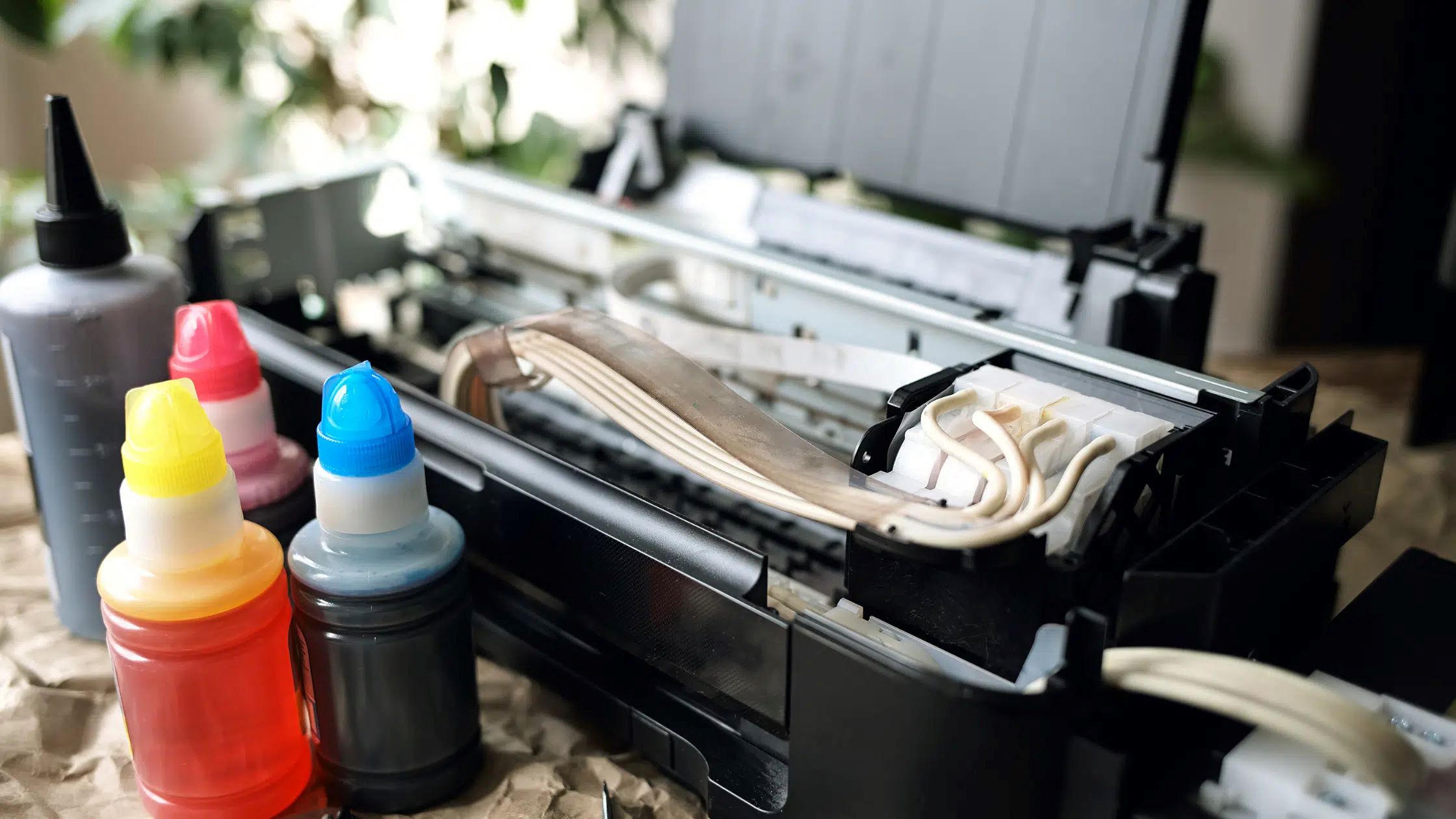
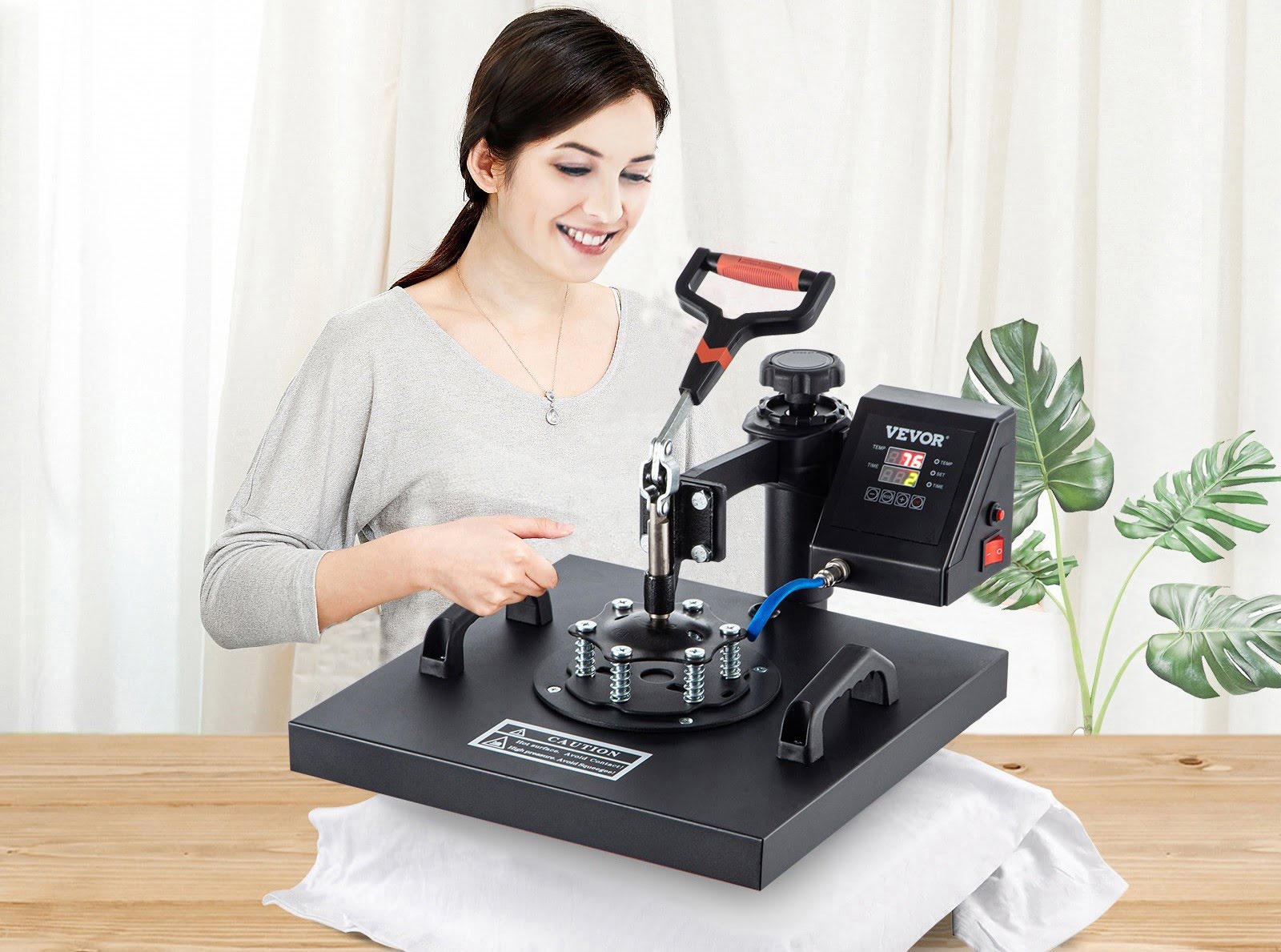
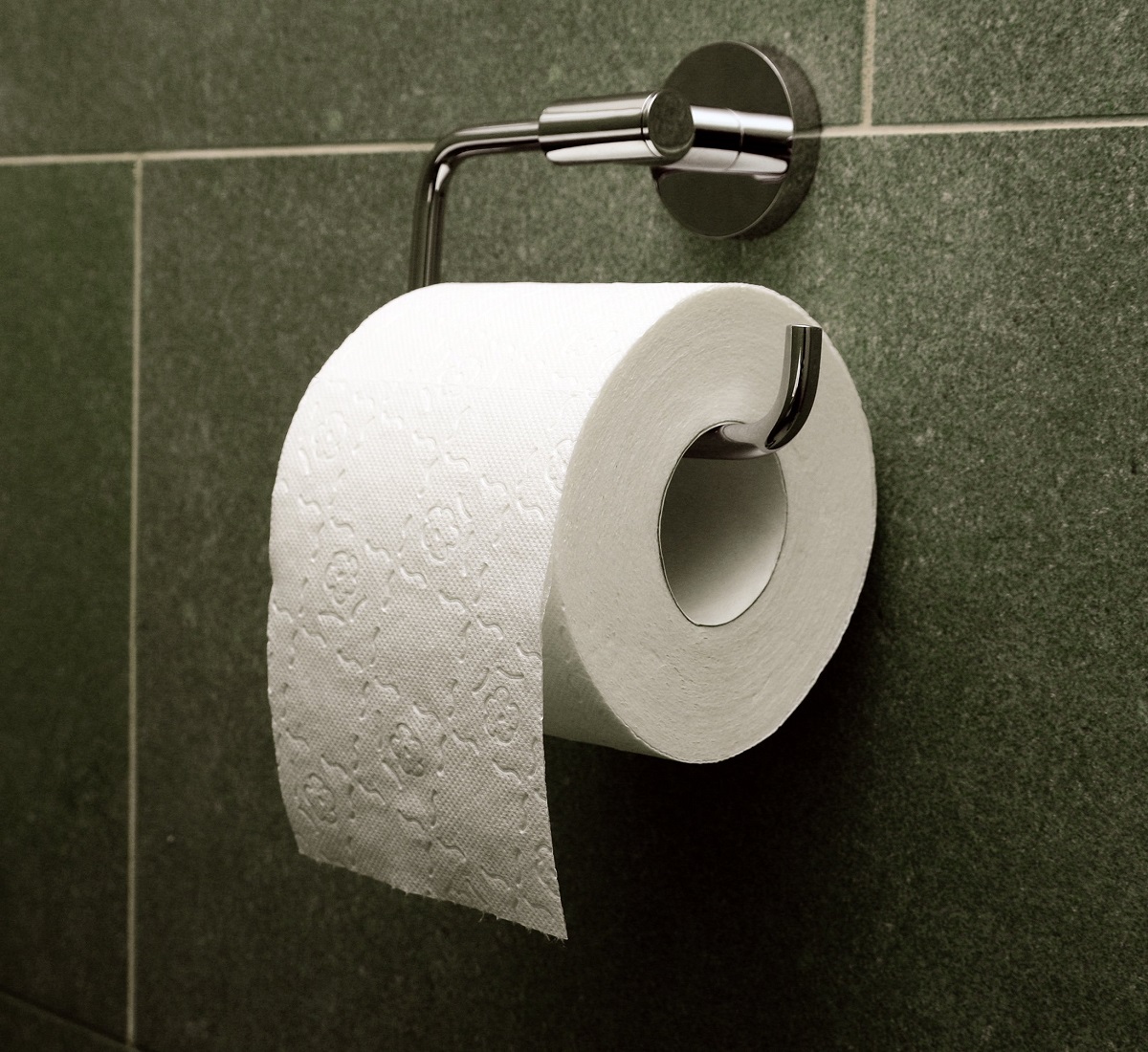
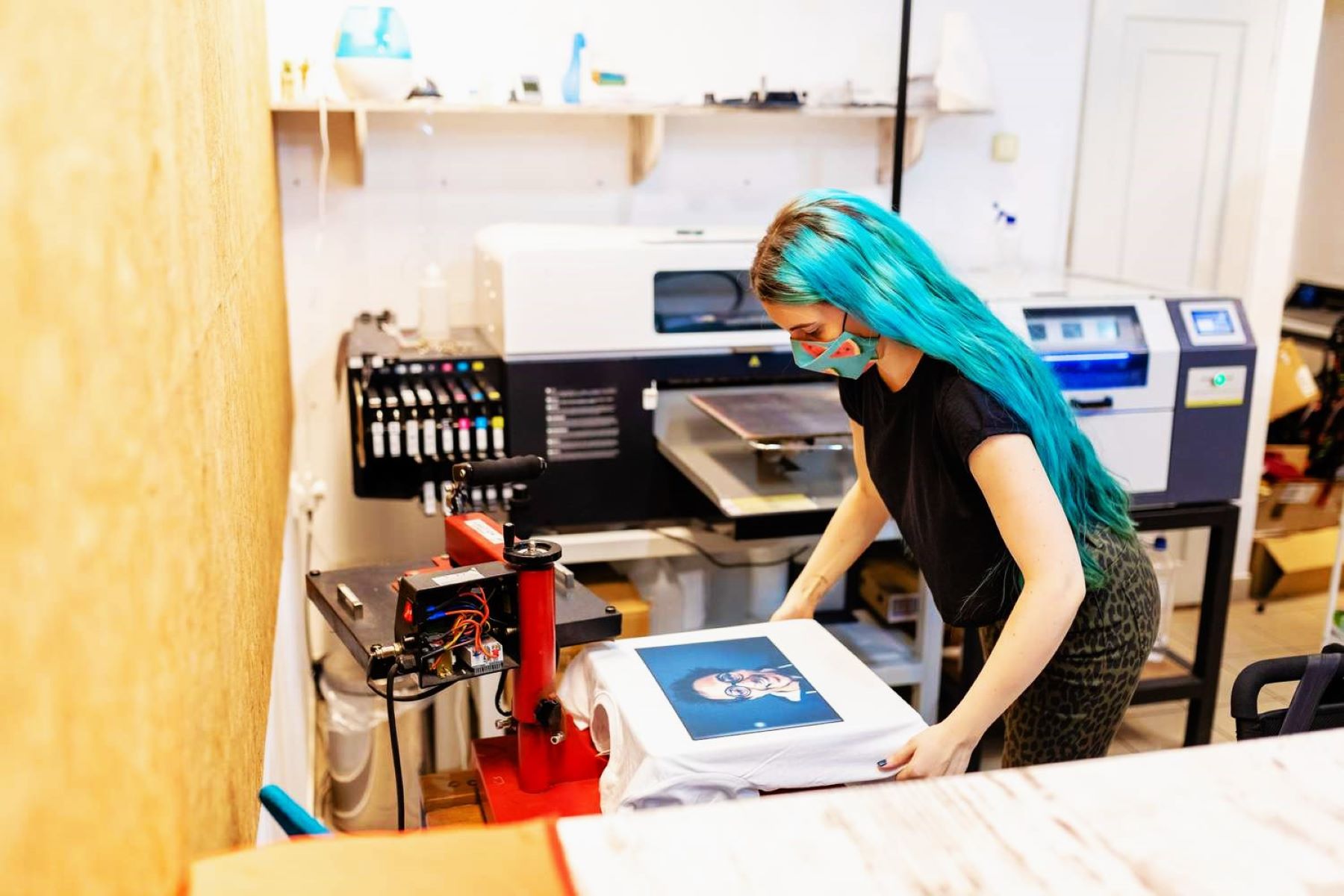
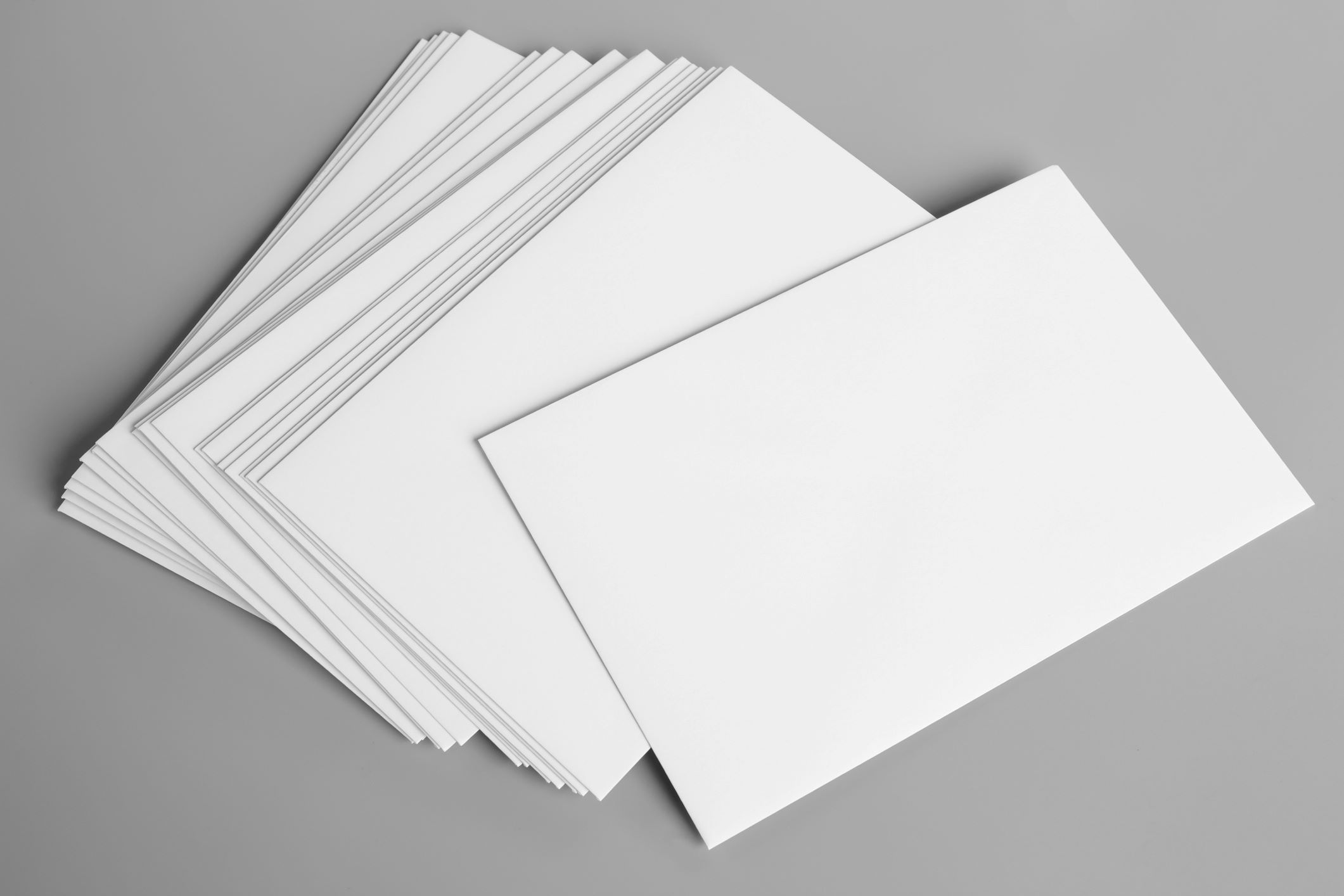

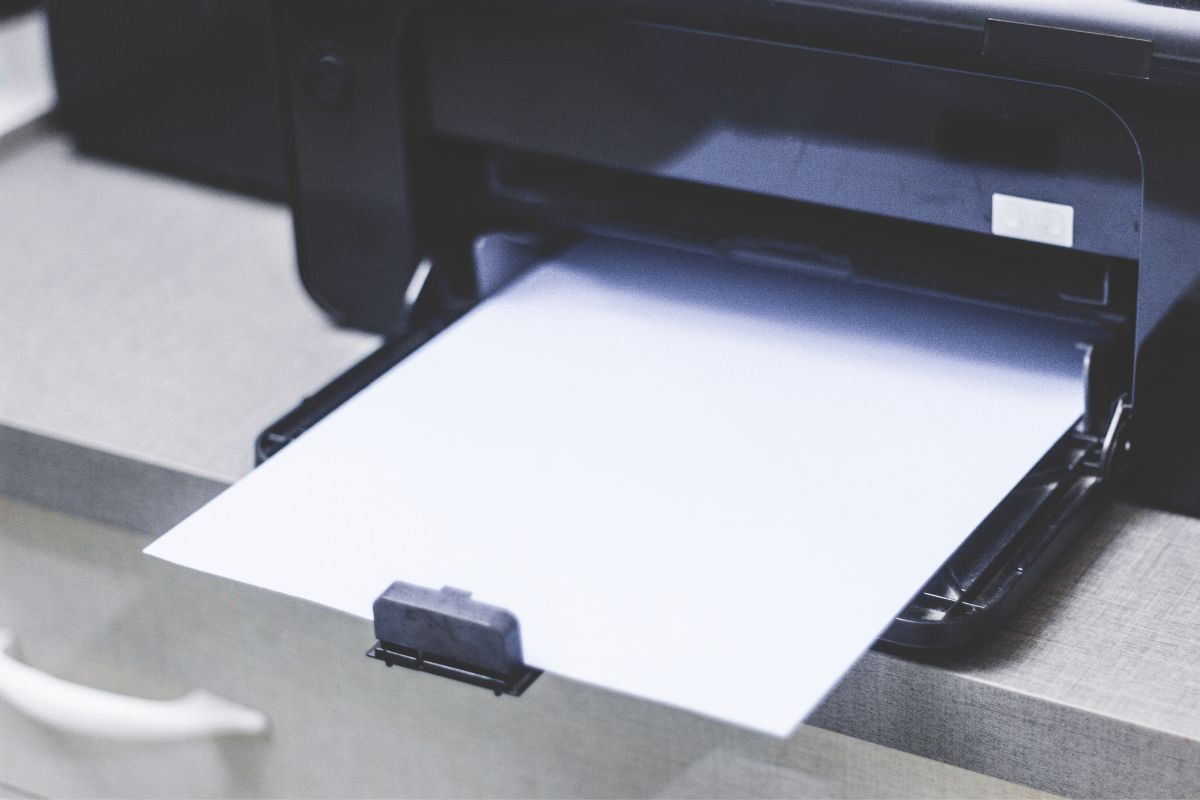
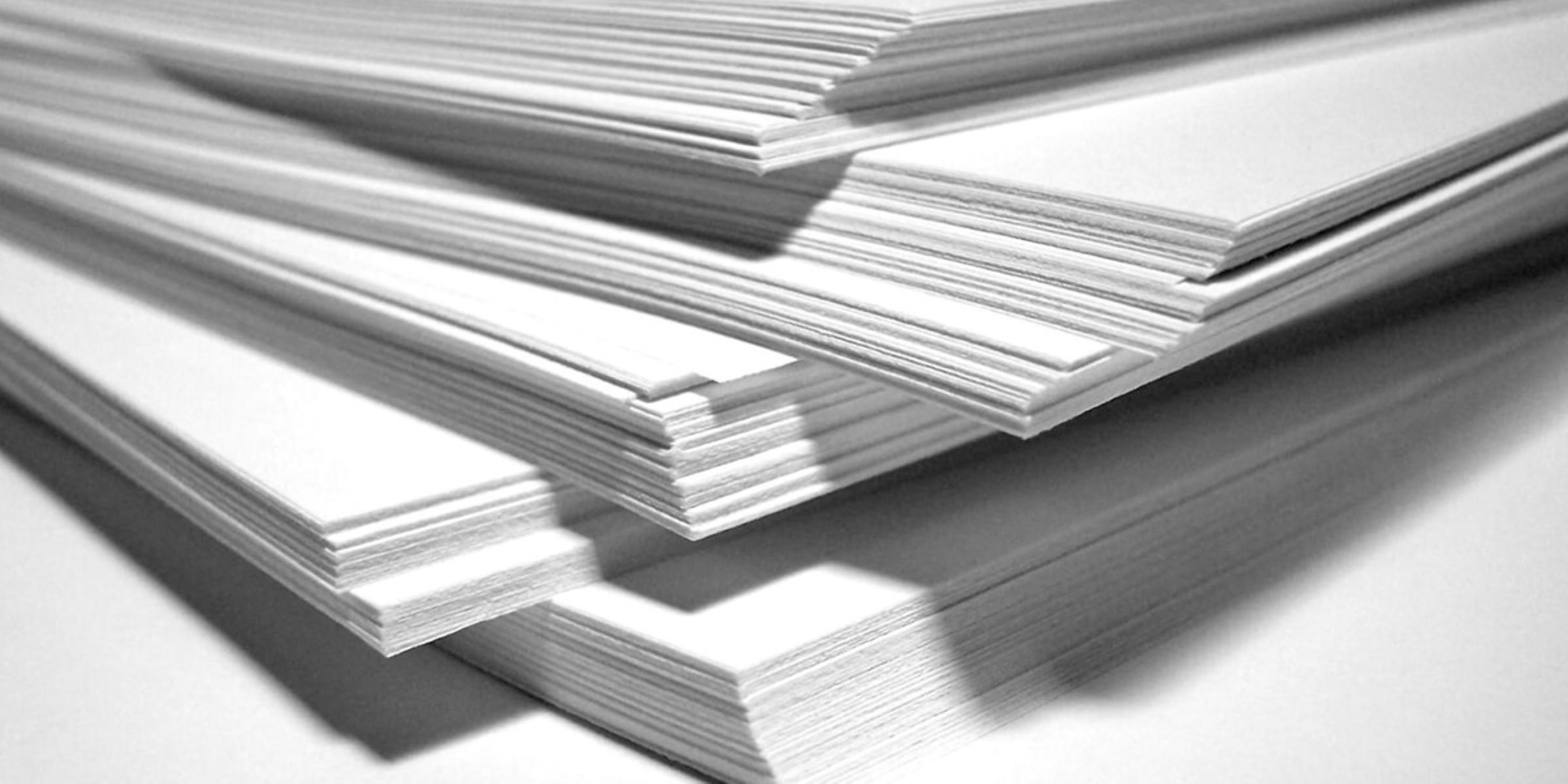
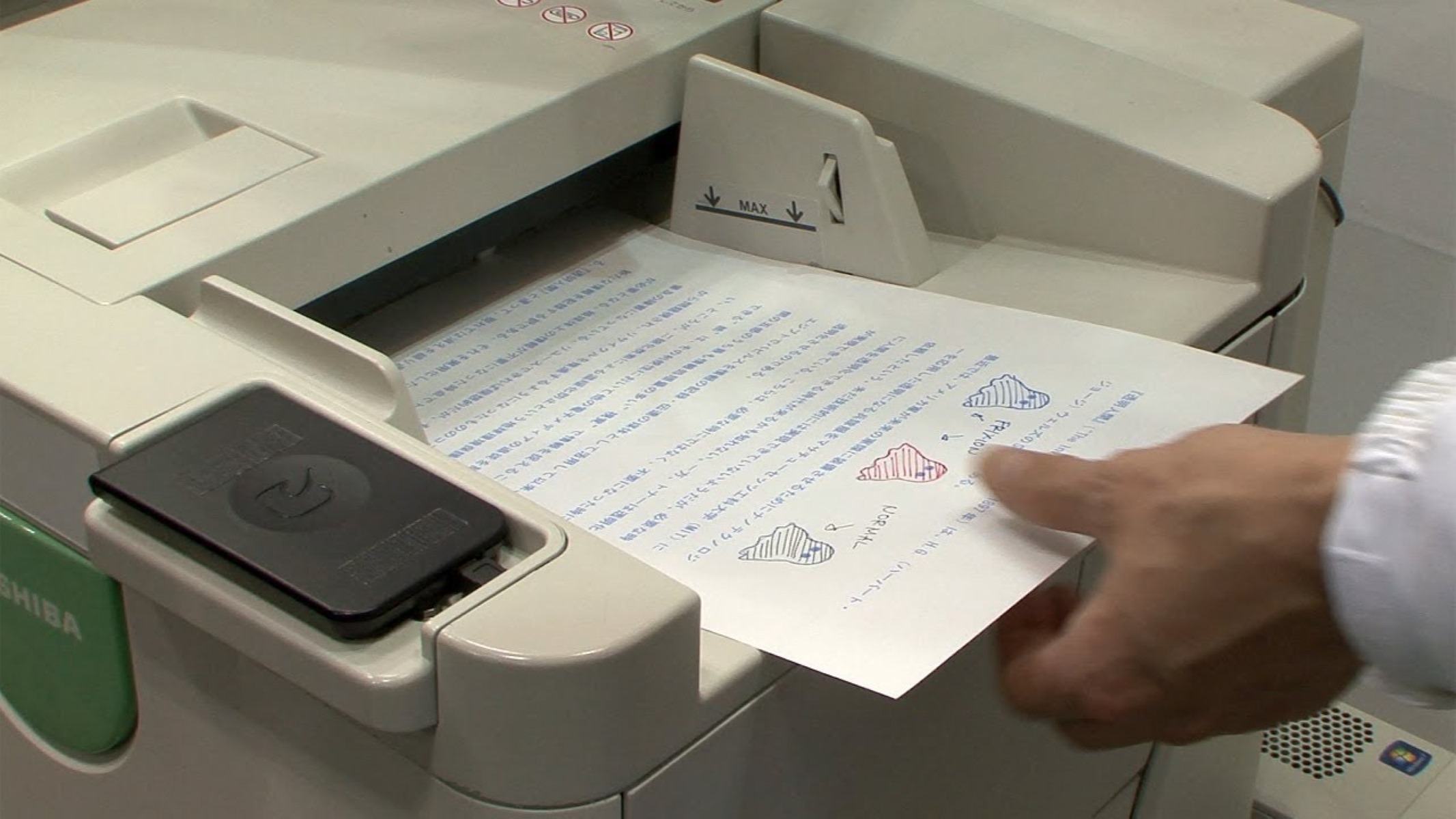
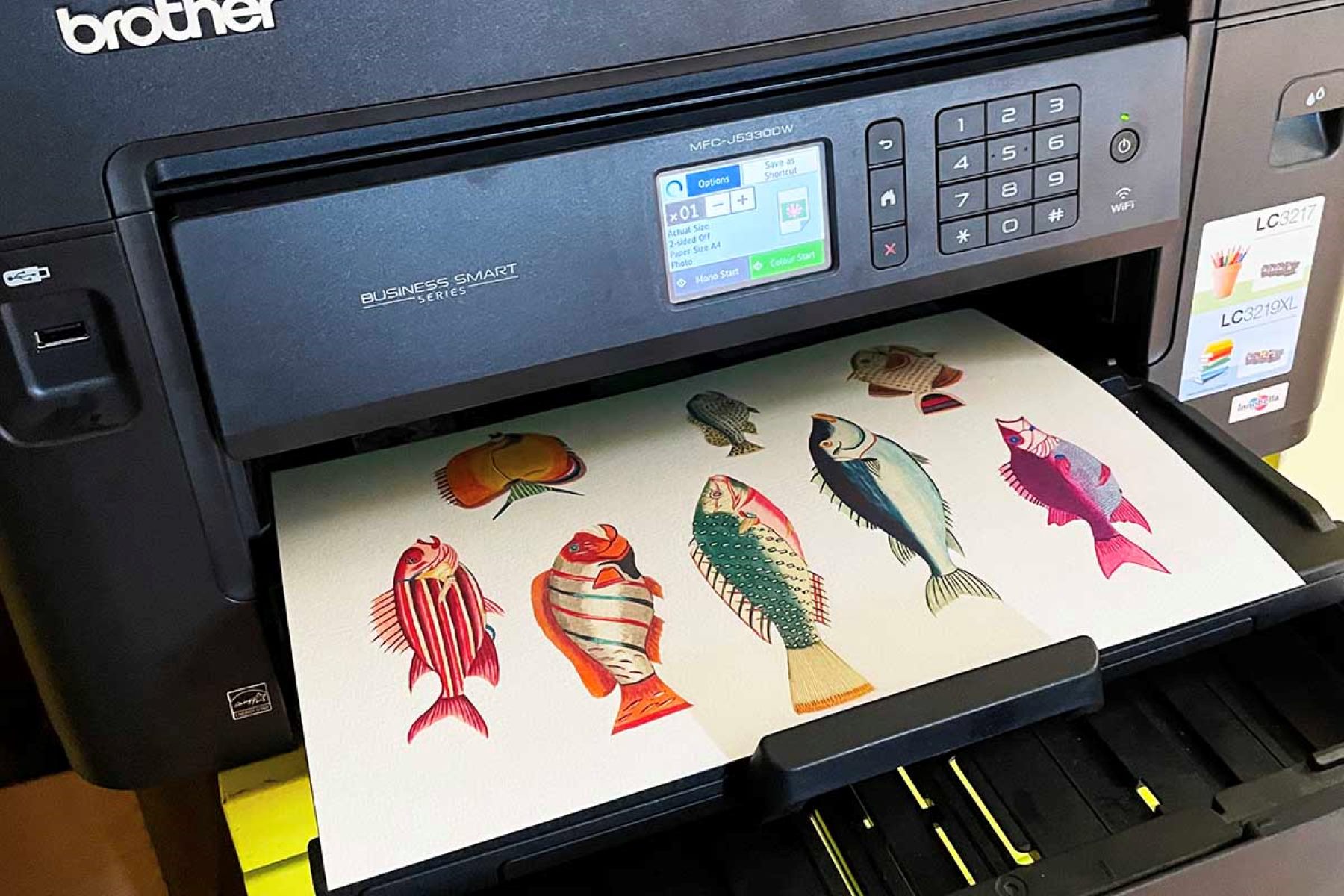
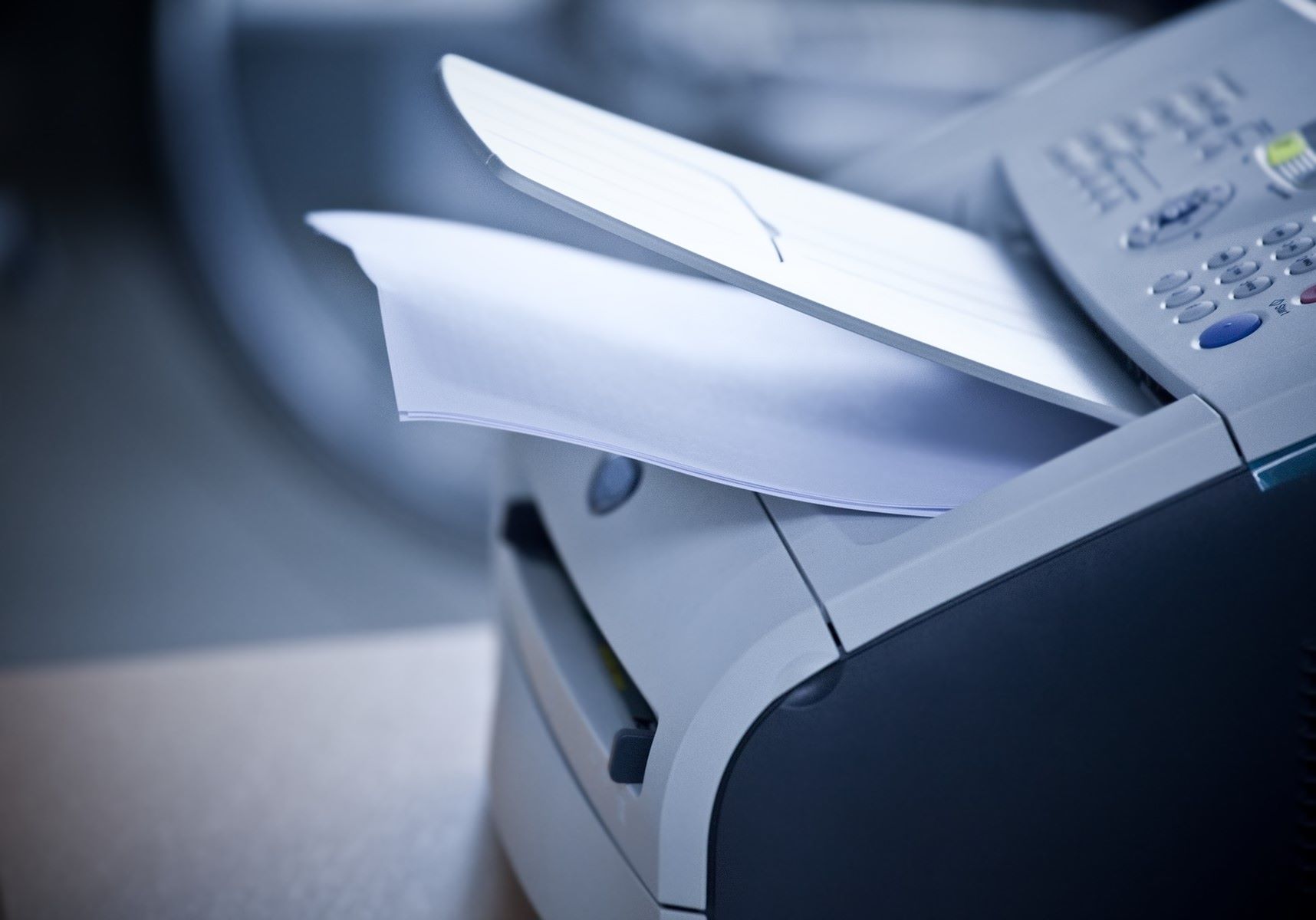

0 thoughts on “What Kind Of Printer To Use For Heat Transfer Paper”